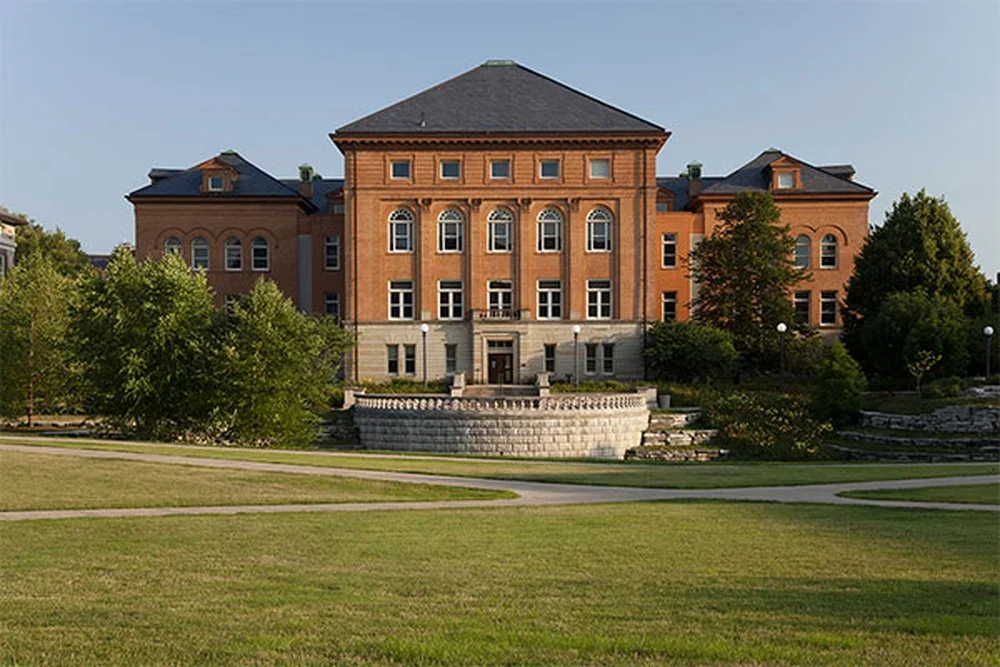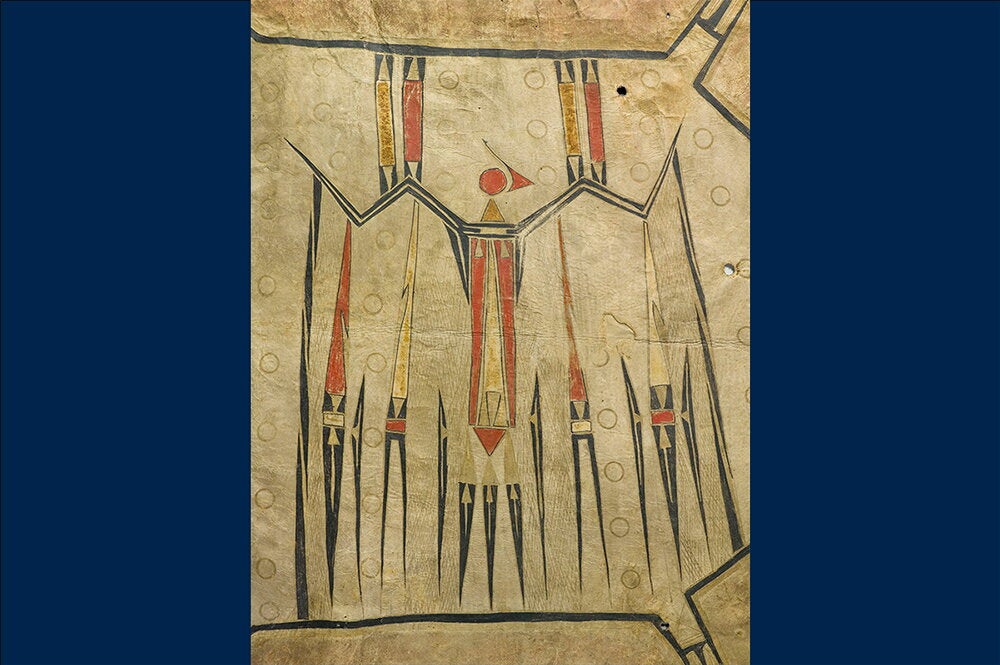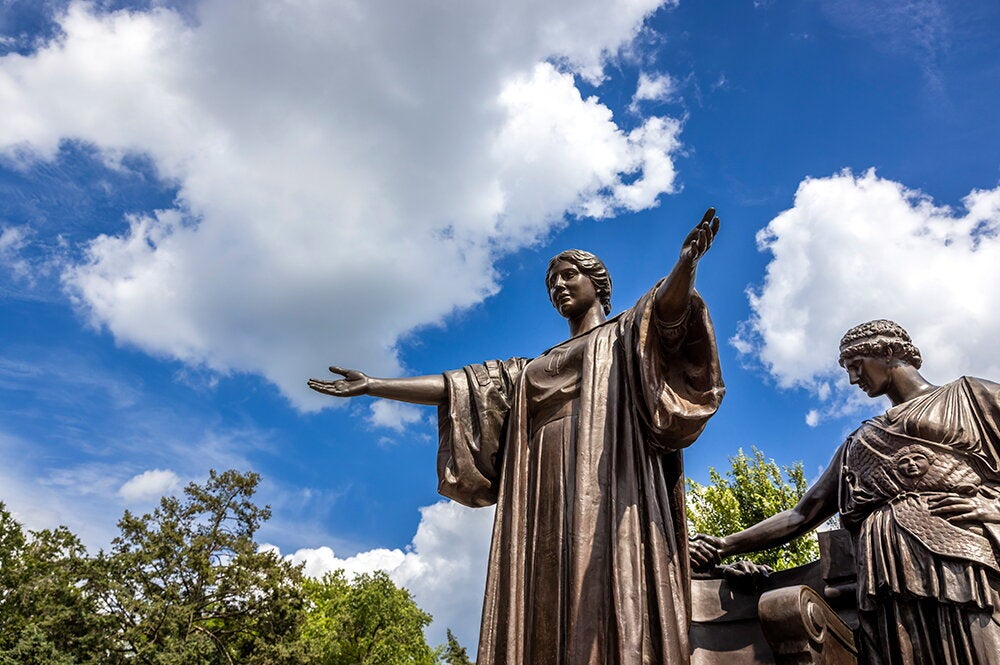
The year was 1937 when strikers at the Republic Steel Mill on the southeast side of Chicago met at a neighborhood bar. After deciding to picket, the crowd began to move across a field next to the factory, many carrying signs and U.S. flags.
Violence was not expected, which was why some workers had brought along wives and even children. But Chicago police opened fire, eventually killing 10 and wounding 60 people in the crowd, says James Barrett, a U. of I. labor historian. Many of them had been shot in the back.
According to Barrett, the site of what became known as the Memorial Day Massacre is just blocks from another old mill, where a group of retired steelworkers, historians, and others plan to establish a new museum dedicated to steelworking.
Chicago is a fitting location, he says, because it's where some of the greatest breakthroughs have happened in labor history.
"The city is absolutely central to labor history," points out Barrett, whose own grandfather helped lead efforts to unionize Chicago firemen. "If you name a major labor confrontation, there is often a Chicago connection."
The museum would tell the story of labor-organizing activities, as well as conditions within the steel mills themselves, which some dubbed the " Valley of Death."
"There was absolute carnage, especially during the early years of the twentieth century," Barrett says. "People falling into vats of molten metal, others being crushed by falling steel."
In addition to extreme danger, 12-hour work days, six days a week, were typical at the time of the second wave of unionization efforts in the 1930s.
The proposed museum site is the old Acme Steel Company Chicago Coke Plant, 11236 S. Torrence Avenue. This is where numerous independent mills once dominated ethnic neighborhoods and drew in a diverse work force of Poles, Serbians, Croatians, Italians, Lithuanians, Mexicans, and African Americans.
"It's impossible to understand the history of Chicago and the U.S. without a reference to labor history," Barrett says. "This kind of museum would give working people their own connection to history."


